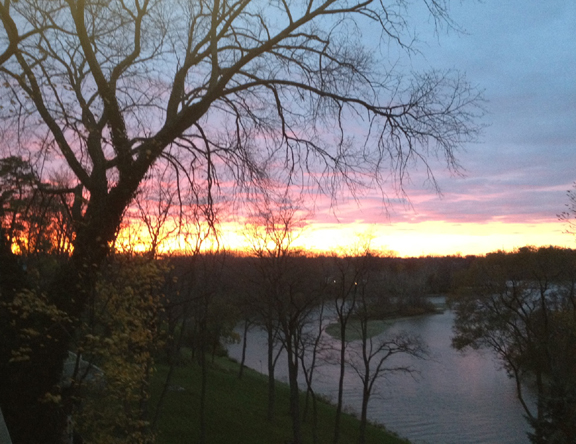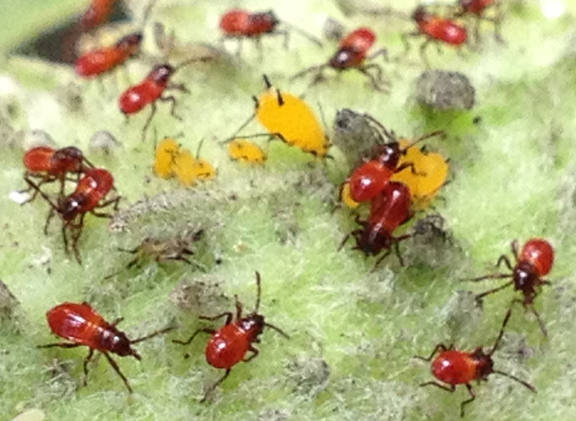Hurricane Sandy sank the replica of HMS Bounty on her way south as she tried to squeeze between Cape Hatteras and the storm which had been tracking NNE but then suddenly backed 90 degrees, headed to NJ and NY, and fatally closed the gap. The week before all had been tranquil at Cape Hatteras, NC.The light winds and calm sea only showed shore breaking swells (too high to go out int0) from very distant actions, but a reminder of the Cape’s ferocity.
The sand dunes do show how past winds have scoured out the sand. Here I’d say a good meter (3 ft.) depth of beach has been lost.
A dead sea turtle, with damaged shell perhaps from a propellor, washed in on the waves.
In the grasses a wild color mushroom hinted of other thrills. Nobody touched it.
The house architecture does show prepardness for floods to sweep across the sand banks. Note the front door 1 1/2 floors above ground level. So tall that they noticeable shake in the wind.
 On the sound side of the outer banks the windsurfing was gentle. In the far distance there was a line of many thousands of cormorants flying south day after day.
On the sound side of the outer banks the windsurfing was gentle. In the far distance there was a line of many thousands of cormorants flying south day after day.

The barometer fell briefly, bringing one night of wind and lightning (Thanks to Glen Gardner for catching the brief flash). The colored lights are from light sticks attached to windsurf sails braving the dark in search of good wind.

but for the most part we watched in vain for the Green Flash of sunsets. I can’t explain the circular sun even though it is half below the horizon.

One single mosquito held still for its final photo:
 before I left for Washington DC to accidentally catch up on the latest in young men’s fashions:
before I left for Washington DC to accidentally catch up on the latest in young men’s fashions: 
 Considering that a day pass on the metro (subway) costs $12 these stylish young men could hardly be considered poor.
Considering that a day pass on the metro (subway) costs $12 these stylish young men could hardly be considered poor.
Looking for storm signs in the sky there were perhaps some hints of something as we drove home.
When Sandy proper arrived the satelite photos showed that in Perrysburg, Ohio we were on the very outer edge of the huge cloud swirl – little wind but scary red sunsets.
A week later back in New Jersey I saw the remains of the early snow storm damage that added to the hurricane problems.
And in Manhattan the Flatiron Building at 23 rd. and 3 rd. Avenue, looked like the bow of the Titanic.
Nearby is an outstanding new Italian food market called “Eataly” – not to be missed if you are near by.



































